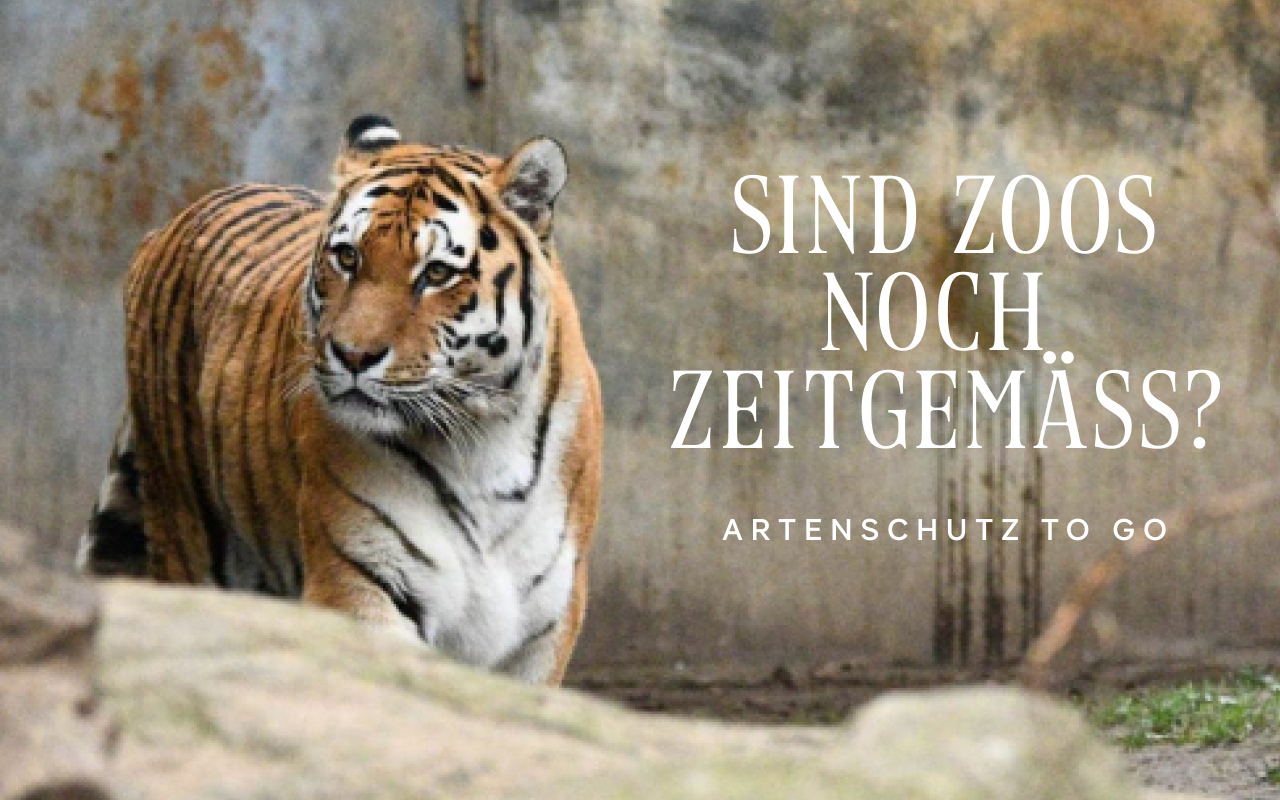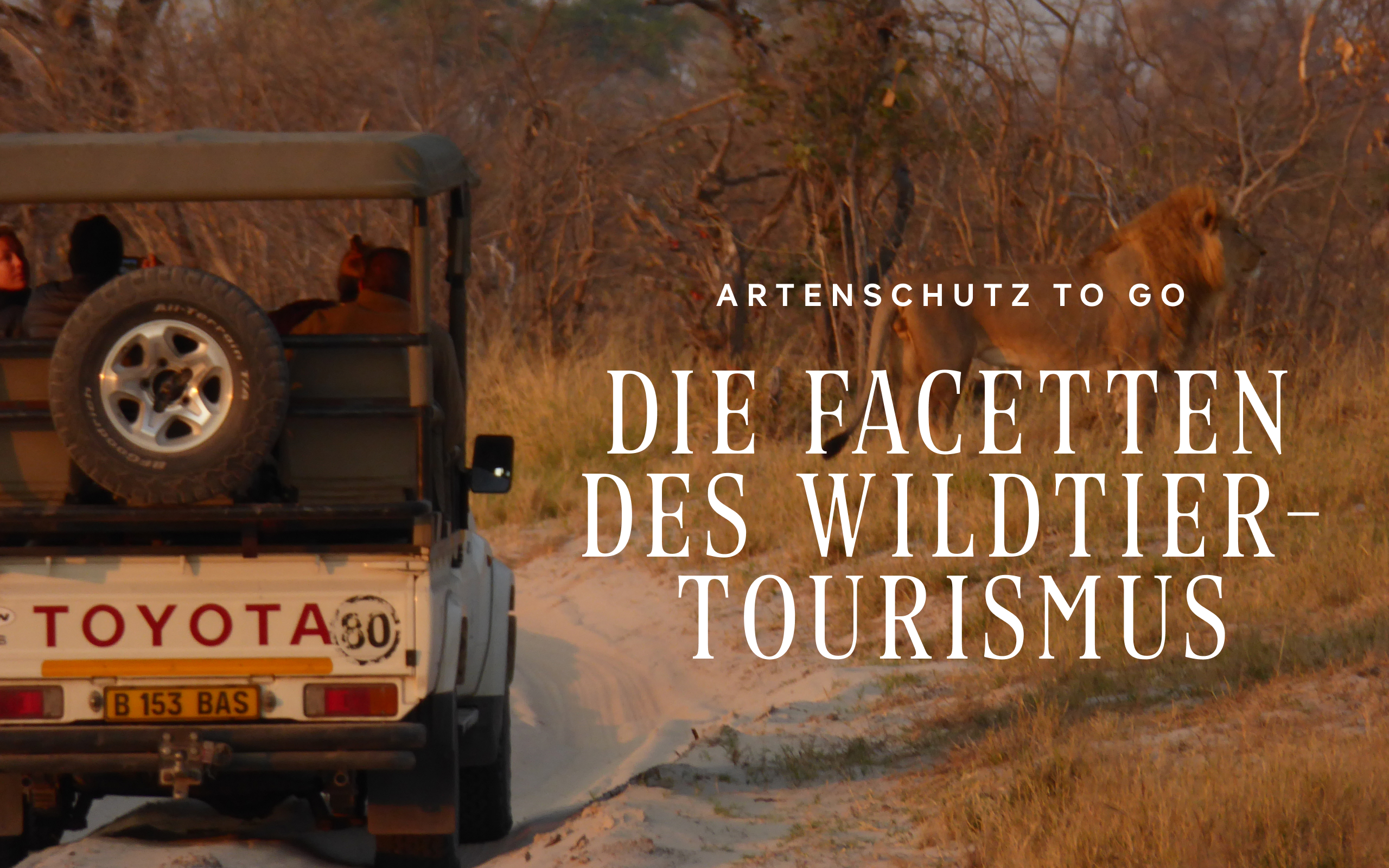
The different faces of wildlife tourism
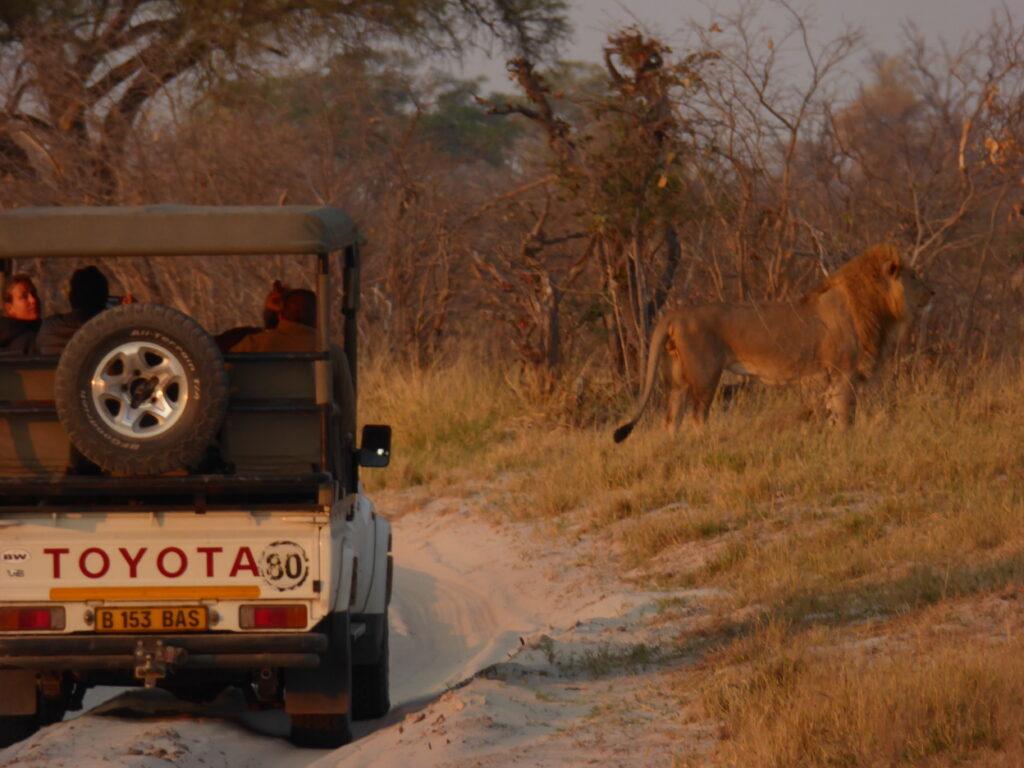
Wildlife tourism has many different aspects; safaris in national parks, gorilla trekking, elephant riding, petting, and posing with young wild cats. Before we get started, the good news is that not all of them are bad for wildlife per se. Some can also contribute to wildlife conservation. Not everywhere that says “Rescue” or “Sanctuary” is really about the welfare of the animals or even about releasing them back into the wild. It is therefore essential to critically question the individual offerings. Let’s take a closer look.
Food
for Thought
The most common form of wildlife tourism is a safari. Whether on foot or by car, travelers explore special conservation areas and national parks. In many places, revenue from park entries is used to pay trained rangers to protect the animals from poachers. Nevertheless, it is important that sensitive ecosystems and their wildlife are not overburdened by the visit of too many tourists. Often, however, not all local populations benefit from tourism revenue. Due to the high price range, local residents may not be able to afford the entrance fee of protected areas or national parks. As a result, there is a risk that the relationship with the local wildlife might get lost. On the other hand, the growing market for bushmeat and traditional Chinese medicine is a tempting source of income. Killing by poachers is therefore on the rise in general and especially in the current era when income from tourism is collapsing. Nevertheless, high-priced safari tourism can also be seen as an opportunity for the conservation of rare and endangered wild species. A positive example of this is the impact of tourism on the conservation of mountain gorillas in Uganda. Thanks to the relatively expensive park entry for people who are not from East Africa[1], effective protection of the primates by rangers as well as veterinarians could be funded, and the population was able to recover.[2]
In addition to safaris, however, other touristic activities are offered that are often on the edge of legality or even illegal. Exotic animals are taken from their natural habitat and become mentally broken in order to display certain behaviors or endure things that they would never allow in the wild. A well-known example is elephant riding. Most tourists are not aware that the frequent claims that the elephants come from circuses or were rescued injured from the wild are simply not true, but that the animals are only captured for tourist purposes. In addition, they are inflicted with pain using special elephant hooks [3], to make them obey their captors. At night, the pachyderms are chained. Another example is walking young lions, which are often discarded when they are two or three years old and sold to trophy hunters to be shot.[4] Drugging wild cats in order to make the animals calm enough to be petted by tourists is also a common practice. The tiger temple in Thailand, which received much media attention a few years ago, operated similarly. After the young tigers were snatched from their mothers and accustomed directly to humans by bottle rearing, they were initially used for tourist purposes. If the animals then became too large and thus dangerous to humans, they were killed. Bones, flesh, and skins were then sold for a lot of money, as parts of the tiger’s body are considered to increase potency in traditional Chinese medicine[5].
In addition to safaris, however, other touristic activities are offered that are often on the edge of legality or even illegal. Exotic animals are taken from their natural habitat and become mentally broken in order to display certain behaviors or endure things that they would never allow in the wild. A well-known example is elephant riding. Most tourists are not aware that the frequent claims that the elephants come from circuses or were rescued injured from the wild are simply not true, but that the animals are only captured for tourist purposes. In addition, they are inflicted with pain using special elephant hooks [3], to make them obey their captors. At night, the pachyderms are chained. Another example is walking young lions, which are often discarded when they are two or three years old and sold to trophy hunters to be shot.[4] Drugging wild cats in order to make the animals calm enough to be petted by tourists is also a common practice. The tiger temple in Thailand, which received much media attention a few years ago, operated similarly. After the young tigers were snatched from their mothers and accustomed directly to humans by bottle rearing, they were initially used for tourist purposes. If the animals then became too large and thus dangerous to humans, they were killed. Bones, flesh, and skins were then sold for a lot of money, as parts of the tiger’s body are considered to increase potency in traditional Chinese medicine[5].
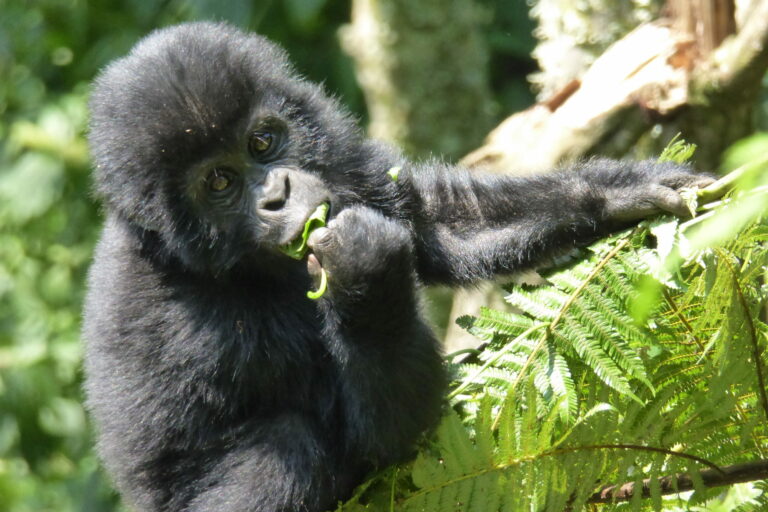
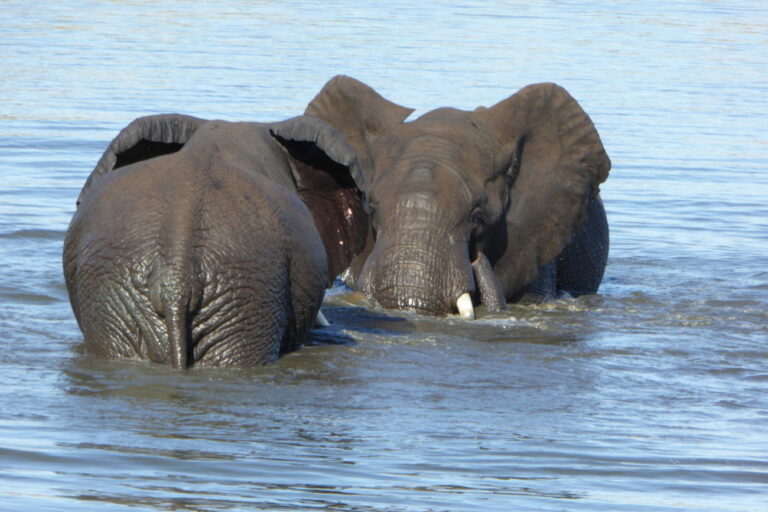
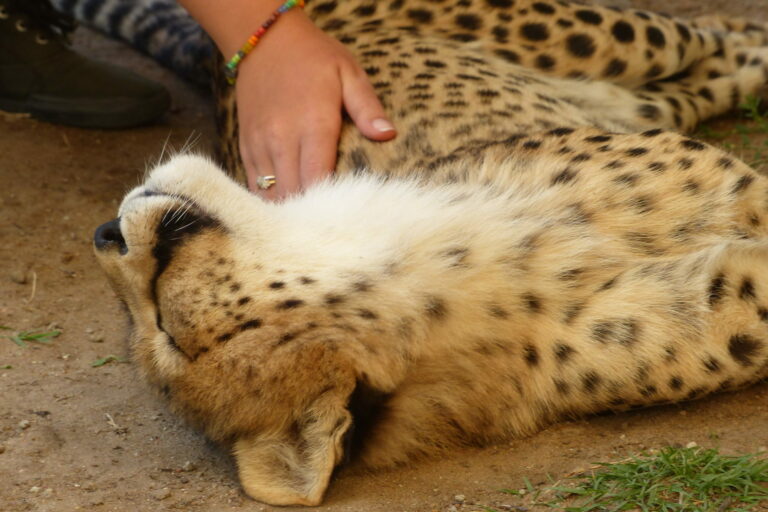
The Price Question
Therefore, the effects of wildlife tourism cannot be generalized. There are certainly offers where tourists can do something good for the preservation of wildlife with their entrance fees in rehabilitation centers or national parks. But there are also attractions that should be avoided, no matter how appealing they may be. This is not the case that there is only black and white. There are many nuances in between. For example, there are projects that keep animals in captivity because, after an injury and a long recovery process, they are strongly accustomed to humans and therefore cannot be released back into the wild. These animals can then be used specifically as ambassadors for their species to raise awareness about their threats in the wild. Often, the entrance fees to such projects also fund important measures to protect wild populations. If, however, it is permitted to stroke the animals, to take photos with them in proximity, or even to ride on them or to take them in one’s arms, this no longer has anything to do with species-appropriate husbandry or wildlife tourism for conservation purposes. In these cases, the financial advantage of the organizer and the experience desire of tourists stand mostly in the foreground. For the respective wild animal itself, it often means unnoticed stress, agony, and fear.
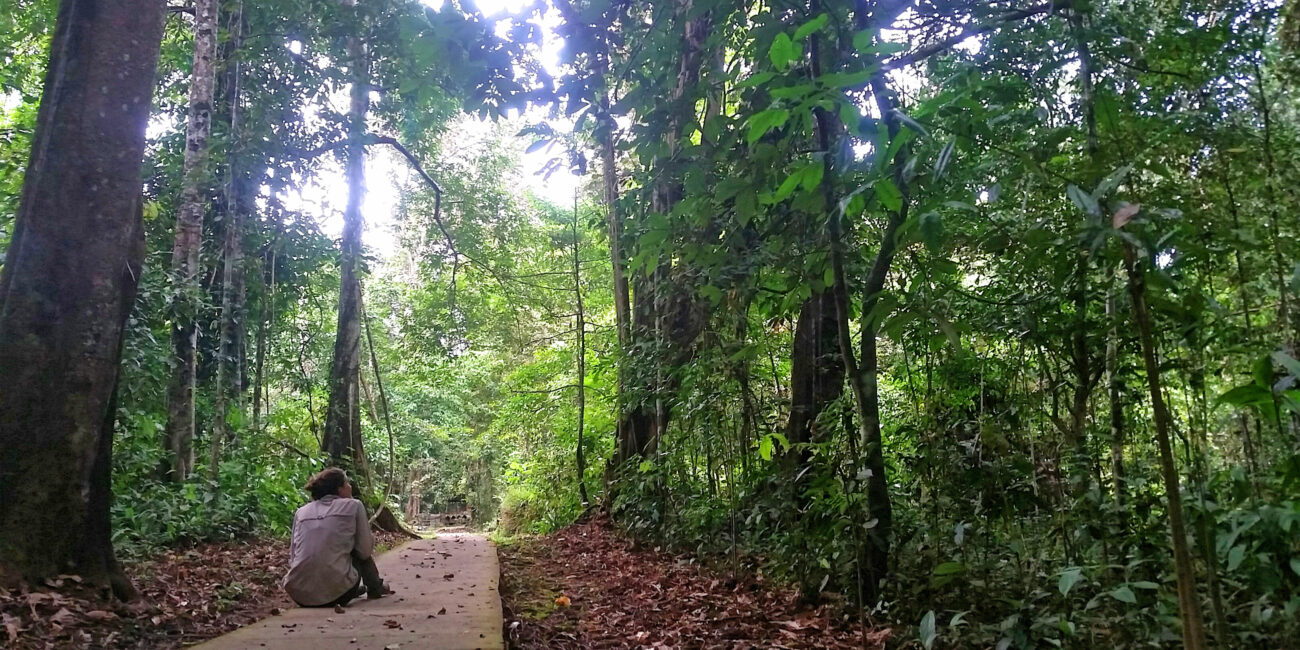
Takeaways
In general, it is worth taking a close look at wildlife tourism. Everyone can support wildlife tourism that benefits animals instead of harming them by doing specific research in advance and questioning the conditions on-site. Questions that can be asked in this context are: Is the animal being restricted in its natural behavior, i.e., am I allowed to pose with it or pet it? Am I seeing the animal in its natural habitat? Who benefits from the income? Of course, not all answers are obvious to us visitors, but the questions help us to always focus on the needs of the animals first.
It can also help to research whether a national park or project is organized within an association and if so, what the association stands for. An example for the continent of Africa is the African Parks Network, which, in addition to the protection of the landscape and animals, is especially dedicated to cooperation with the local population.[6]
If an experience is nevertheless not so good, there is the possibility to report this to the recommending body (the tour provider or hotel) or even to the corresponding Ministry of Tourism in the respective country. In this way, everyone who wants to can contribute a part to the protection of species.[7]
It can also help to research whether a national park or project is organized within an association and if so, what the association stands for. An example for the continent of Africa is the African Parks Network, which, in addition to the protection of the landscape and animals, is especially dedicated to cooperation with the local population.[6]
If an experience is nevertheless not so good, there is the possibility to report this to the recommending body (the tour provider or hotel) or even to the corresponding Ministry of Tourism in the respective country. In this way, everyone who wants to can contribute a part to the protection of species.[7]
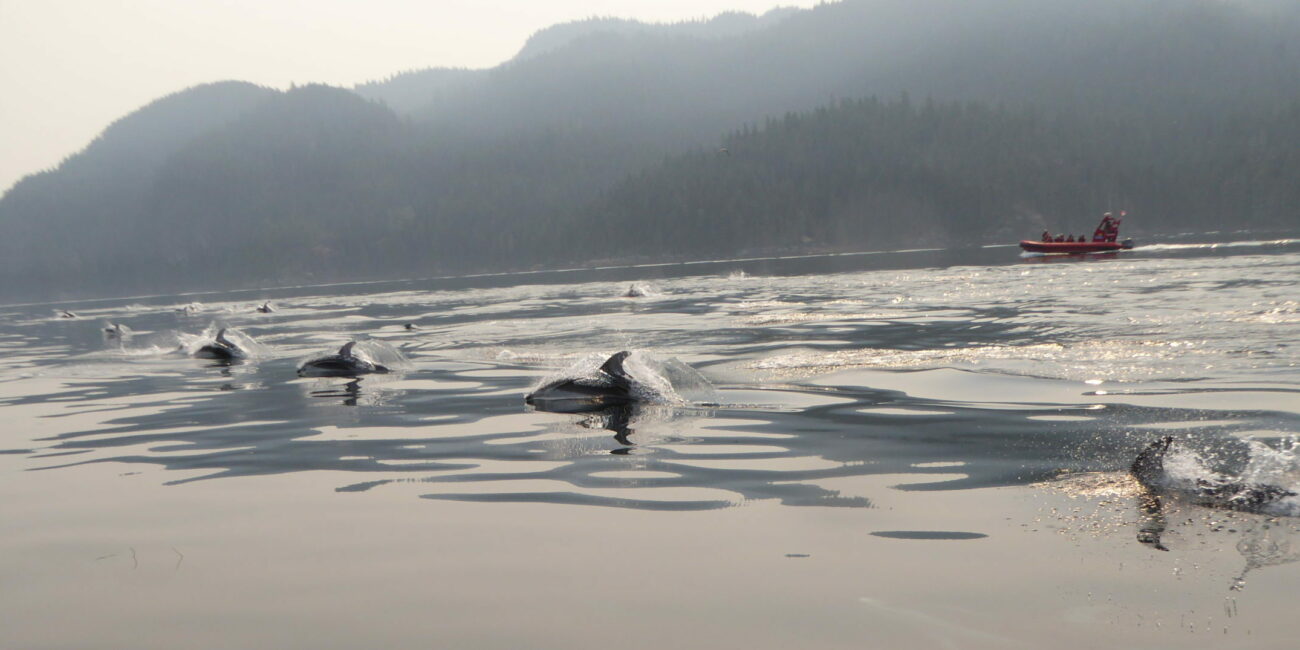
Sources and further information
[4] https://www.vier-pfoten.de/kampagnen-themen/themen/wildtiere/grosskatzen/grausame-loewenindustrie
[5] https://www.prowildlife.de/blog/tigertempel-in-thailand-eroeffnet-nun-als-zoo/
[6] https://www.africanparks.org/about-us/our-story
[7] Podcast Planet A: https://www.audible.de/pd?asin=B08BTZL4V6&source_code=ASSORAP0511160006
[5] https://www.prowildlife.de/blog/tigertempel-in-thailand-eroeffnet-nun-als-zoo/
[6] https://www.africanparks.org/about-us/our-story
[7] Podcast Planet A: https://www.audible.de/pd?asin=B08BTZL4V6&source_code=ASSORAP0511160006
For further reading:
A Guide to Visiting Responsible Wildlife Sancturies (Forbes.com)
Lonely Planet: Wildtiertourismus Veantwortung
Süddeutsche Zeitung: Tourismus und Tierrechte: Wie Tiere für Touristen leiden
A Guide to Visiting Responsible Wildlife Sancturies (Forbes.com)
Lonely Planet: Wildtiertourismus Veantwortung
Süddeutsche Zeitung: Tourismus und Tierrechte: Wie Tiere für Touristen leiden


Julia Dibiasi und Miriam Elsässer
from the Nepada Wildlife Team
provide insights into sustainability in everyday life
Our “Species protection to go” contributions make no claim to be
completeness, but merely provide insights for a more conscious and
more sustainable way of dealing with our planet. Together
we can do a lot better, but we can’t do everything right straight away.
Would you like to share more insights on this topic? Or
do you have any critical comments? Then feel free to drop your comment.
You may also like
Annuar – The Forest Walker
“My father and grandfather always told me that we have to protect the forest because we can fi
Soy – Better Than Its Reputation?
When talking about soy, people often think of genetically modified monocultures and cleared rainfore
Are zoos still up-to-date?
Zoos and large show aquariums are controversial institutions for many conservationists. We ask ourse





